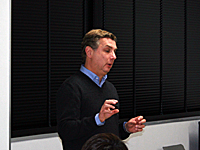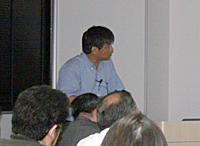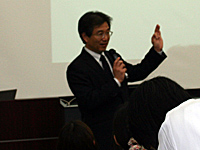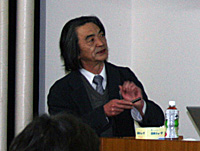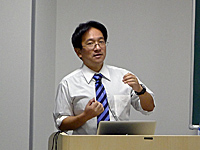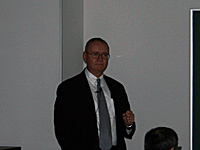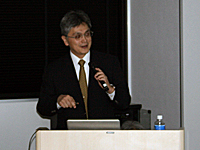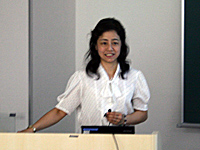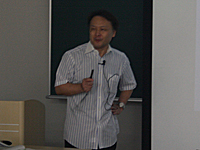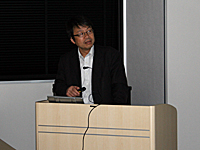| 内 容 |
Gene expression is a tightly regulated process. Initiation of transcription by RNA polymerase II (Pol II) is believed to be the outcome of a number of sequential events beginning with the binding of specific activators to their cognate binding sites. This initial step will trigger the recruitment of coactivator complexes and general transcription factors at promoters to allow the loading of Pol II into the preinitiation complex (PIC) to achieve transcription initiation. In this process, coactivators play multiple crucial roles through enzymatic as well as non-enzymatic functions. GCN5 and PCAF are mutually exclusive histone acetlyl transferase (HAT) subunits of two functionally distinct, but related, multi-subunit coactivator complexes, the SAGA (Spt-Ada-Gcn5-Acetyltransferase) and the ATAC(Ada-Two-A-Containing) complexes. These complexes have been shown to differentially regulate both locus specific gene expression and global chromatin structure through their enzymatic activities (HAT, and histone deubiquitination).
I will describe how these human HAT complexes are targeted to different genomic loci representing functionally distinct regulatory elements both at broadly expressed and tissue specific genes. While SAGA can principally be found at promoters, ATAC is recruited to promoters and enhancers, yet only its enhancer binding is cell-type specific. Furthermore, I will show that ATAC functions at a set of enhancers that are not bound by p300, revealing a class of enhancers not yet identified. These findings demonstrate important functional differences between SAGA and ATAC coactivator complexes at the level of the genome and define a role for the ATAC HAT complex in the regulation of a set of enhancers.
Moreover, the role and the requirement of five different HAT complexes will be discussed in pluripotent ES cell and during differentiation to neuronal cells.
|
